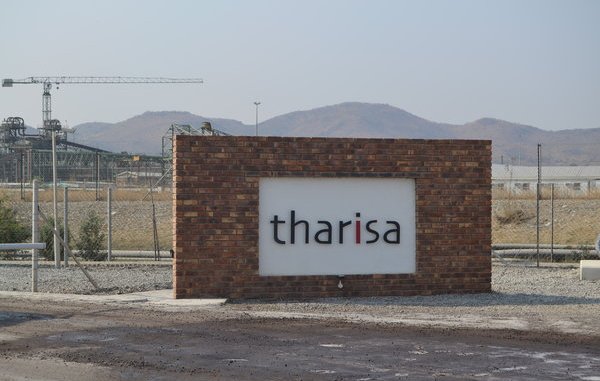Johannesburg Stock Exchange-listed mining company Tharisa plc continues to advance its Karo Platinum project despite ongoing funding challenges and volatile platinum group metals (PGMs) prices, Mining Zimbabwe can report.
By Rudairo Mapuranga
The company remains optimistic about the long-term fundamentals of the PGM market, positioning itself to benefit from an eventual rebound in prices.
In October last year, Tharisa announced a delay in commissioning its US$391 million Karo Platinum mine until June 2025, citing the ongoing slump in platinum prices as a key factor.
Originally set to be commissioned in July this year, the mine’s completion was deferred to 2025 as the company adjusted to the lower price environment and uncertainties in the global economy.
The delay reflects concerns that weak commodity prices, coupled with a fragile global economic outlook, could hamper Zimbabwe’s ambitions to attract investment in the mining sector.
Located on the Great Dyke in Mhondoro-Ngezi, the Karo mine is one of the most significant developments in Zimbabwe’s platinum mining industry. Once fully operational, the mine is expected to produce up to 194,000 ounces of PGMs annually, making it the country’s third-largest platinum operation after Zimplats and Mimosa. This output would boost Zimbabwe’s total platinum production by approximately 20%, further strengthening its position as a key player in the global PGM market.
Despite the postponement, construction at the Karo site has progressed since it began in December 2022. However, the company has remained cautious with its capital deployment, adjusting its strategy in line with available funding.
In a recent production report, Tharisa CEO Phoevos Pouroulis reaffirmed the company’s commitment to the project, stating, “We remain optimistic on the fundamentals of the PGM market and have thus continued to optimise our Karo Platinum project and progressed with the plant construction, in line with capital availability.”
Tharisa’s cautious approach reflects broader concerns in Zimbabwe’s mining sector, where local operators are grappling with the dual impact of falling global metal prices and rising operating costs.
The Chamber of Mines recently warned that these factors are straining mining operations across the country, casting a shadow over Zimbabwe’s hopes of increased mining investment.
The decline in platinum prices has been partly driven by expectations that the European Union will ban conventional vehicles in just over a decade. Such a move would significantly reduce demand for platinum and palladium, which are key materials in catalytic converters used to lower vehicle emissions.
When the Karo project was initially conceived, Tharisa had based its financial projections on an average PGM 6E price of US$2,140 per ounce and production costs of US$1,096 per ounce. Under these assumptions, the mine would generate a 30.1% return on capital and an internal rate of return (IRR) of 26.1%. However, with the average annual PGM price dropping by 28% to US$1,362 per ounce in 2024 (compared to US$1,893 in 2023), Tharisa’s revenue expectations have been significantly revised downward. The price averaged US$1,370 per ounce during the fourth quarter of the 2024 fiscal year.
Nevertheless, Tharisa’s long-term view on PGMs remains bullish, and the company is positioning itself to capitalize on a market recovery.
Pouroulis emphasized that the ongoing work at Karo Platinum aligns with the company’s belief in the resilience of PGM demand in the future, driven by industrial applications and the eventual transition to hydrogen fuel cell technology, which relies heavily on platinum.
In the face of current headwinds, Tharisa’s strategy of maintaining progress on its Zimbabwean platinum venture while optimizing capital allocation underscores the company’s confidence in the long-term viability of the project and the PGM market. While the path to commissioning may have been extended, Tharisa’s steady hand on the Karo Platinum project promises to strengthen Zimbabwe’s platinum industry and position the company for growth once market conditions improve.
As Tharisa continues to navigate the challenges posed by fluctuating global PGM prices, its commitment to Zimbabwe’s mining future remains clear. The Karo Platinum mine, despite delays, will ultimately be a critical asset in the country’s platinum mining landscape.
.png)




